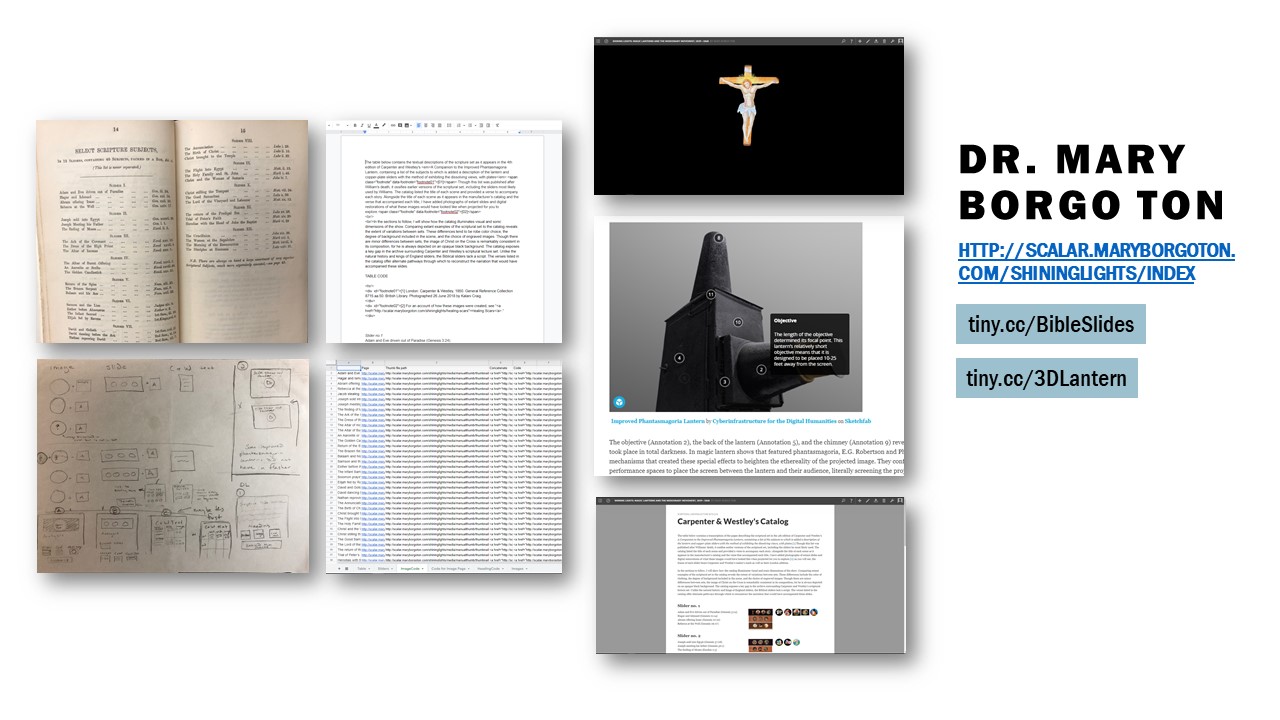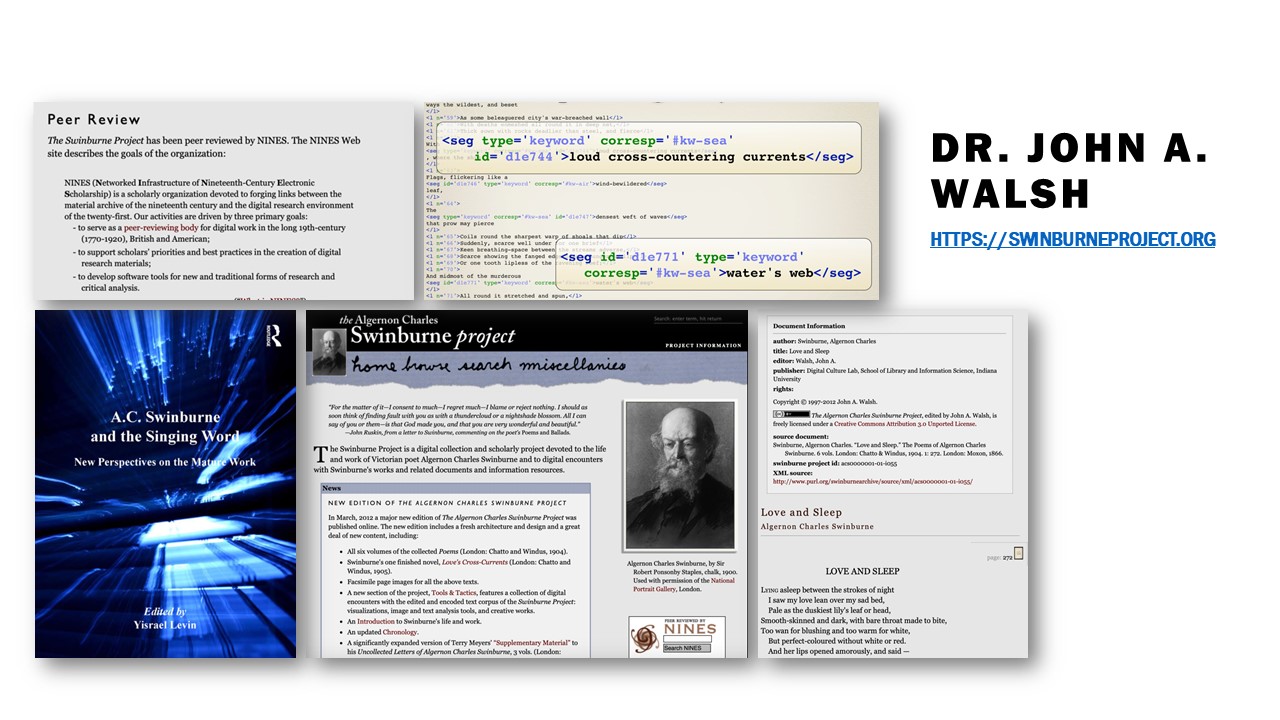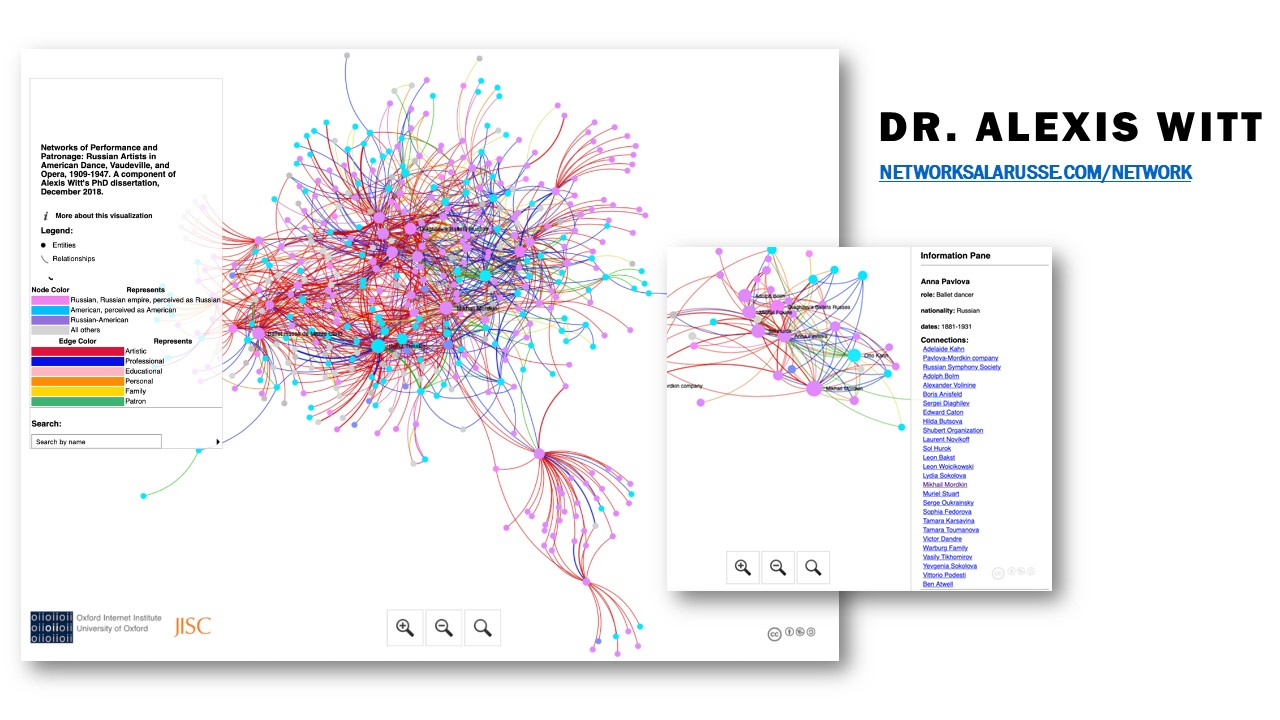This workshop introduces methods used for digital research and creative analyses and outputs, with a focus on research questions and data framing. In this workshop, we'll:
- ask you and your fellow participants to consider your research questions, your current research sources, and potential digital methods through three poll questions,
- provide a brief video overview of methods and outputs in digital arts & humanities research,
- show example digital projects from IUB affiliates,
- present IDAH's project charter as a model for project organization, and
- provide a small collection of resources available to you through IDAH and IUB.
If you have a moment before beginning the workshop, please take a second to fill out our workshop intake form. We'll follow up with workshop participants mid-semester to see how we can help with your individual research needs--but we can only do that if we know who you are!
If you have any pressing questions or need speedier help, you can also send us an email at any time at idah@indiana.edu with the subject line "Research Workshop 2021." And as we'll mention repeatedly throughout these workshop materials, you can also schedule a consultation with us via our online scheduling platform. Thanks for watching, and enjoy!





